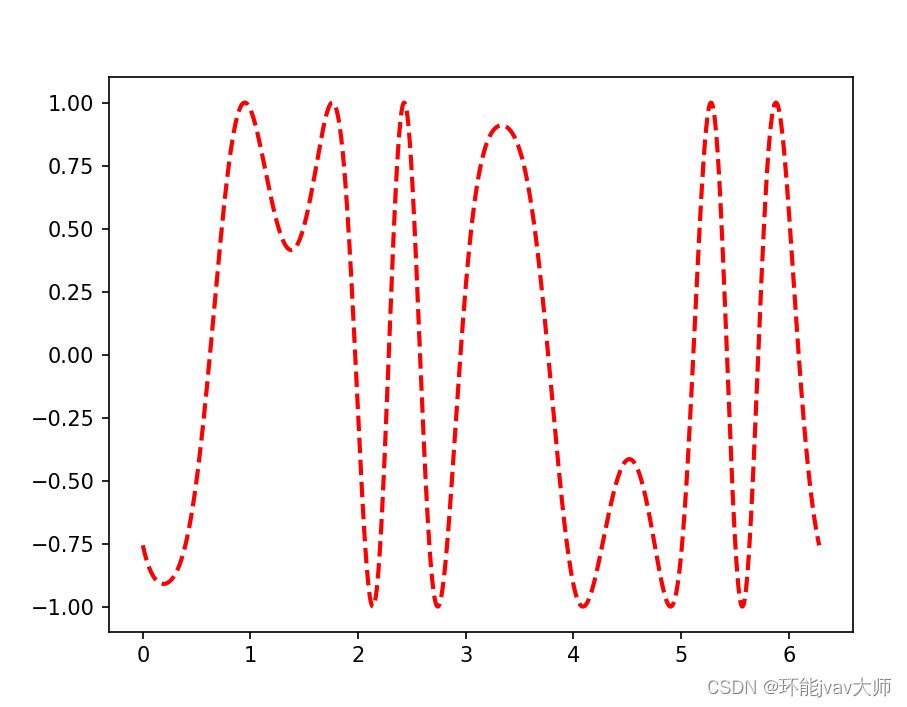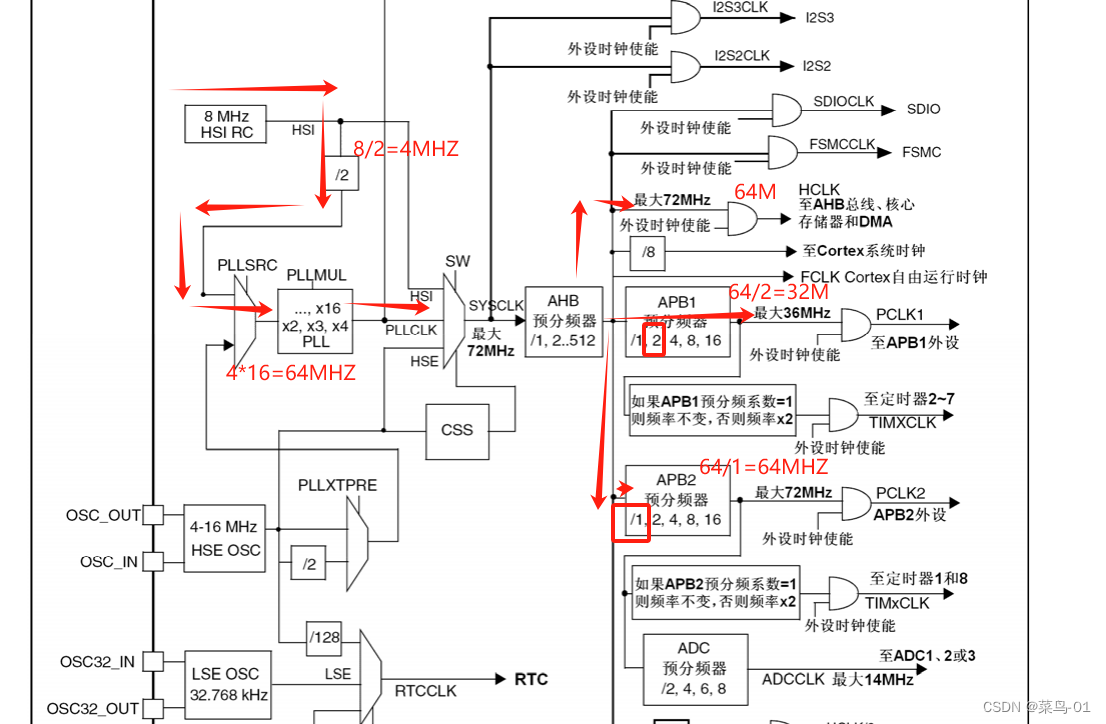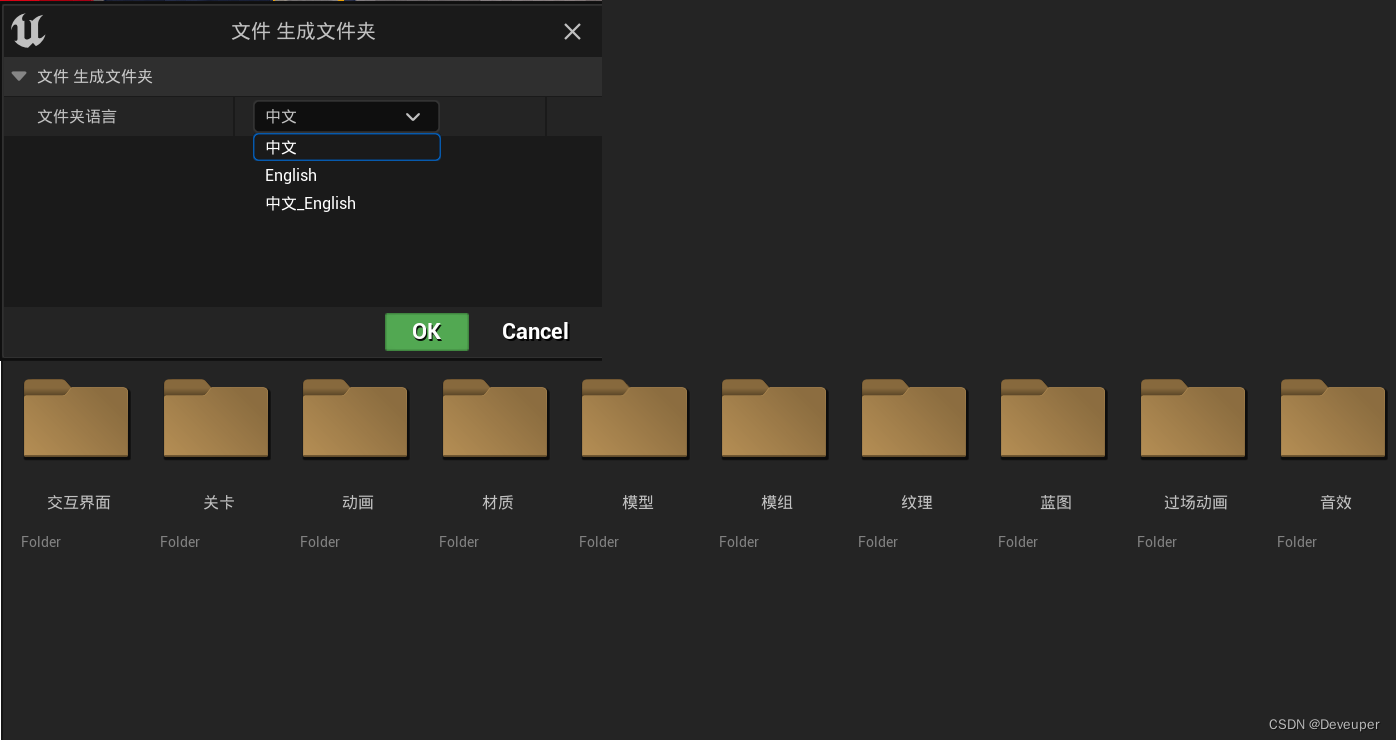Julia语言虽然好,但是包管理方面和生态环境感觉还有一点小小的缺陷,但是Julia可以调用Python丰富的包,用起来很方便。
安装PyCall
在安装之前先确认下Julia和Python的版本,我使用的稳定版本的 Julia1.6.7,Python版本是 Python3.10.9,并确认好已经下载了需要的Python包,还未下载的可以在终端输入:
pip install matplotlib
pip install sympy
pip install scipy使用Julia语言调用Python需要先下载 PyCall 包和 Conda包:
using PkgPkg.add("PyCall")PyCall官网:GitHub - JuliaPy/PyCall.jl: Package to call Python functions from the Julia language 官网中一些示例代码是旧版本代码,个别细节需要做一些更改。
我平时习惯在REPL交互解释器里使用 ] 符号进入包管理模式,随后
add PyCALLPkg Conda
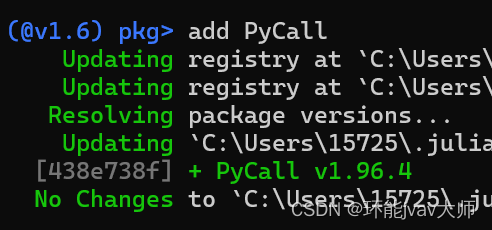
退出包管理模式按一下 删除键 就可以。
下载完PyCall包后,在Julia终端里配置下Python路径,这里需要定位到python.exe文件。
ENV["PYTHON"] = raw"C:\\GGBond\\your path\\python.exe"
随后再Julia终端输入:
Pkg.build("PaCall") 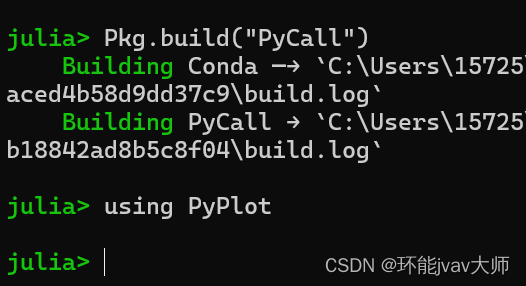
这时候可以在Julia终端进入包管理模式,输入命令查看已安装的Julia包,此时PyCall包已安装完成:
status
在包管理模式输入 ? 查看Julia包管理的命令
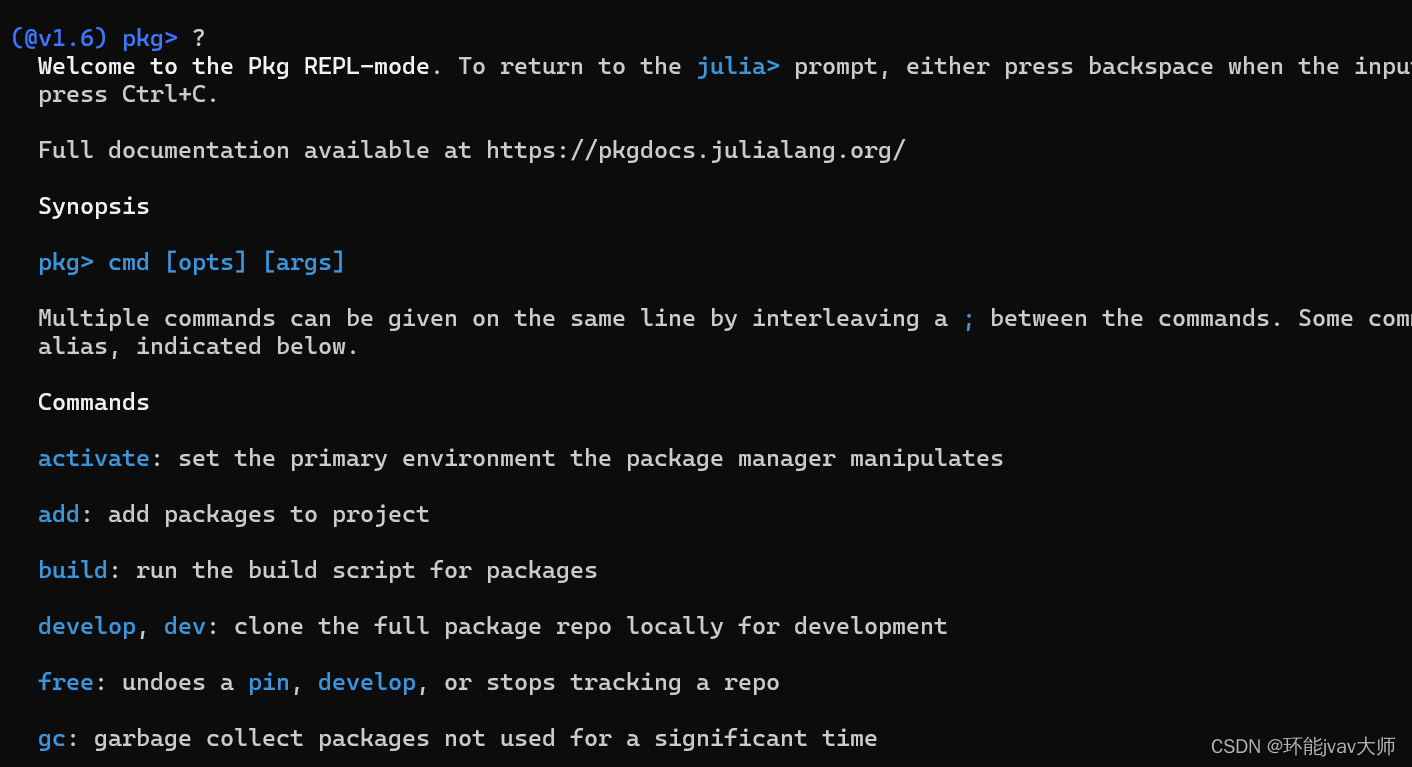
调用Python代码
这是可以试用下官网示例代码:
1.调用Python的open函数
这里和官网使用 @pywith 的版本不一样
using PyCall #=
调用Python的内置open函数来创建一个.txt文件
使用PyCall提供的字符串宏py"""来执行Python代码
=#py"""
with open("GGboy.txt", "w") as f: f.write("hello mr.Dick")
"""#=
旧版本代码
@pywith pybuiltin("open")("file.txt","w") as f beginf.write("hello")
end
=#生成的文件:

2.调用Python的math函数
using PyCall
math = pyimport("math")
a = math.sin(math.pi / 4) # returns ≈ 1/√2 = 0.70710678...
println(a)
3.Julia中定义Python函数或类,并在Julia函数中使用函数
module MyModule using PyCall let py""" import numpy as np def one(x): return np.sin(x) ** 2 + np.cos(x) ** 2 """ global py_one # 声明一个全局变量来存储Python函数 py_one = py"one" # 将Python函数赋值给Julia全局变量
end two(x) = py_one(x) + py_one(x) end #=
旧版本代码
module MyModuleusing PyCallfunction __init__()py"""import numpy as npdef one(x):return np.sin(x) ** 2 + np.cos(x) ** 2"""
endtwo(x) = py"one"(x) + py"one"(x)end
=#调用Python包
在调用Python包之前先确定好是否已经在Python环境配置好这些包
1.调用numpy
using PyCall # 执行多行Python代码来定义函数
py"""
import numpy as np def sinpi(x): return np.sin(np.pi * x)
""" # 调用刚才定义的Python函数
result = py"sinpi(1)" # 显示结果
println(result)#=
旧版本代码
py"""
import numpy as npdef sinpi(x):return np.sin(np.pi * x)
"""
py"sinpi"(1)
=# 
2.调用scipy
using PyCall so = pyimport("scipy.optimize")
julia_func(x) = cos(x) - x
root = so.newton(julia_func, 1.0) println(root)#=
旧版本代码
so = pyimport("scipy.optimize")
so.newton(x -> cos(x) - x, 1)
=#
3.调用matplotlib
using PyCall plt = pyimport("matplotlib.pyplot") x = range(0, stop=2*pi, length=1000)
y = sin.(3*x .+ 4*cos.(2*x))plt.plot(x, y, color="red", linewidth=2.0, linestyle="--") plt.show()#=
旧版本代码
plt = pyimport("matplotlib.pyplot")
x = range(0;stop=2*pi,length=1000); y = sin.(3*x + 4*cos.(2*x));
plt.plot(x, y, color="red", linewidth=2.0, linestyle="--")
plt.show()
=#